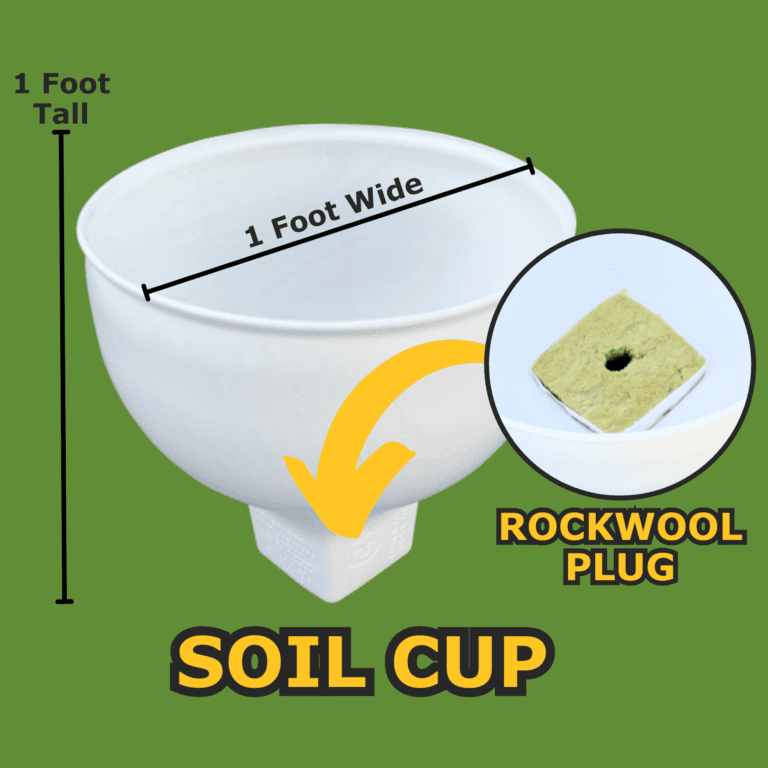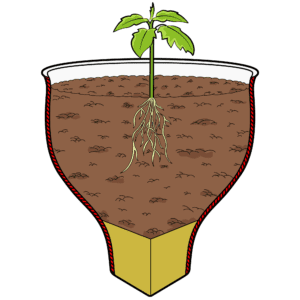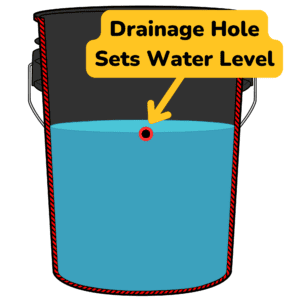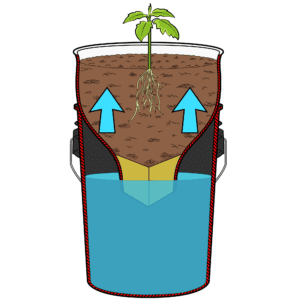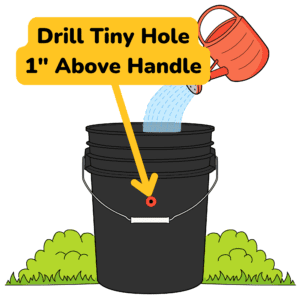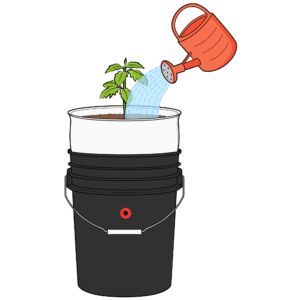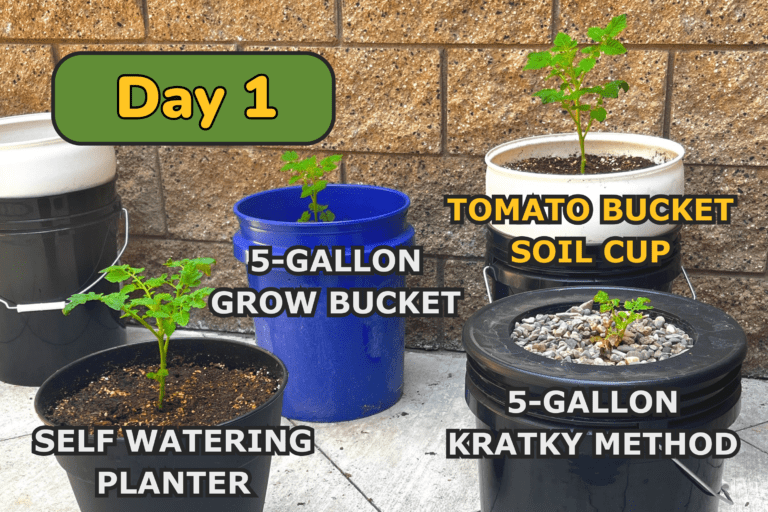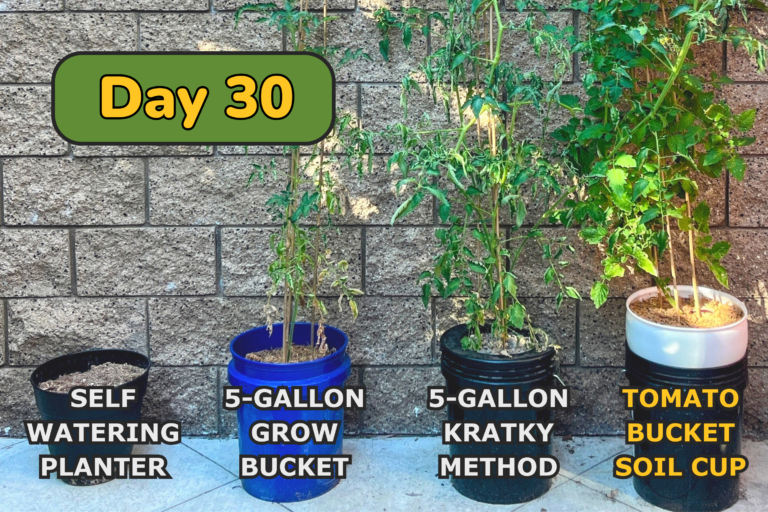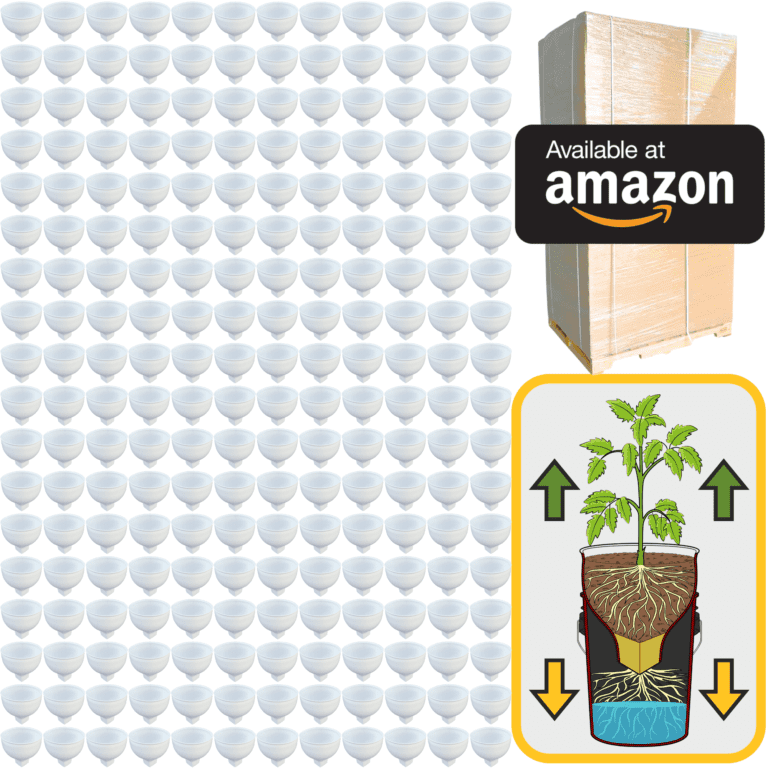Aeroponics is an incredible way to grow plants, offering a unique approach that allows roots to thrive in open air, where they’re misted with a nutrient-rich solution. This method takes the idea of hydroponics to new heights by eliminating any need for soil or even a traditional growing medium. Instead, plants are suspended with their roots fully exposed, receiving everything they need through fine misting. This technique not only promotes extremely fast growth but also makes efficient use of water, as only a small amount of nutrient solution is needed to keep the roots hydrated and nourished. If you’re interested in diving into an advanced method that’s both efficient and effective, aeroponics is a powerful choice, allowing you to experience hydroponics at its most innovative.
Imagine roots hanging freely in an open chamber, untouched by soil, and surrounded by air on all sides. Instead of soaking in water or spreading through a medium, the roots absorb nutrients directly from a fine mist. The system is set up to mist the roots at regular intervals, so they stay consistently hydrated without being waterlogged. In an aeroponic system, each plant is placed in a small net pot above a chamber, and a pump connected to a reservoir sends the nutrient solution up through a network of misting nozzles. The system is usually controlled by a timer that allows you to set the frequency and duration of each misting, ensuring that the roots get exactly what they need when they need it. This regular misting keeps the roots in an ideal state, giving them a constant supply of oxygen, water, and nutrients.
One of the key benefits of aeroponics is that it gives roots maximum access to oxygen. Unlike in traditional growing methods where roots are buried and may not receive sufficient oxygen, aeroponics keeps them fully exposed to the air. This oxygen-rich environment allows roots to absorb nutrients more effectively, which in turn leads to rapid, robust growth. With the roots open to the air, the plants can take in oxygen continuously while still getting a steady supply of nutrients from the mist. This setup accelerates growth because plants expend less energy on root development and more on producing healthy foliage, flowers, and fruit. You’ll notice plants growing faster and more vigorously in an aeroponic system than in other setups, as they’re getting exactly what they need to thrive without any barriers.
Maintaining the nutrient solution is essential in aeroponics since it’s the only source of nourishment for the plants. The solution is kept in a reservoir, where it’s drawn up and misted over the roots through the nozzles. Because the misting process delivers nutrients directly, only a small amount of water is needed, making aeroponics one of the most water-efficient systems available. However, keeping the pH of the solution balanced—typically between 5.5 and 6.5—is critical. This slightly acidic range allows plants to absorb nutrients optimally. Regularly checking the pH and making adjustments as needed ensures that plants have a stable environment. Additionally, monitoring the electrical conductivity (EC) of the solution helps you keep the nutrient concentration balanced. Plants in aeroponics absorb nutrients more quickly, so refreshing the solution periodically keeps them growing strong and healthy.
One of the unique advantages of aeroponics is the ability to observe root health directly. In traditional systems, roots are often hidden, but in aeroponics, they’re on full display, allowing you to monitor their condition easily. Healthy roots in this system are typically white, with fine root hairs that absorb nutrients from the mist. These root hairs are an excellent indicator of plant health, and the misting keeps them thriving. If you notice any discoloration or dryness, it’s a sign that the misting frequency or nutrient balance may need adjusting. This level of visibility gives you a close connection to the plants and their growth, allowing you to respond quickly to their needs.
Aeroponics is also incredibly sustainable, as it uses significantly less water than other growing methods. Each misting session uses only a small amount of water, just enough to hydrate the roots without creating runoff or waste. Any excess mist that doesn’t reach the roots typically drips back into the reservoir, where it can be reused. This closed-loop system conserves water effectively, making aeroponics a very eco-friendly option. In areas where water conservation is important, this efficiency makes aeroponics a valuable choice, allowing you to grow a lush, productive garden while using minimal resources.
This method is particularly effective for fast-growing greens, herbs, and other plants with simple root systems. Lettuce, basil, and mint flourish in an aeroponic setup, as the constant misting provides everything they need to grow full, tender leaves. Fruiting plants like tomatoes and strawberries can also thrive, producing vigorous growth and abundant yields. Because the system delivers nutrients in a highly controlled way, you can grow a wide range of plants successfully, from leafy greens to fruiting varieties. The misting system allows each plant to develop a robust root structure, which supports healthy foliage and plentiful harvests.
Maintaining an aeroponic system does require a bit of attention, particularly for the misting nozzles and the nutrient solution. Over time, mineral deposits from the nutrient solution can build up in the nozzles, potentially clogging them and disrupting the misting cycle. Checking the nozzles periodically and cleaning them as needed prevents blockages and keeps the system functioning smoothly. The nutrient solution should also be monitored regularly, as plants absorb nutrients quickly in this environment. Refreshing the solution and keeping the misting schedule consistent ensures that your plants continue to receive everything they need to thrive.
Aeroponics brings you closer to the growing process, allowing you to observe and respond to plants’ needs in real time. Watching roots grow in the open air while they’re misted with essential nutrients gives you a unique perspective on how plants absorb water and nutrients. You’ll gain a deeper understanding of how plants respond to their environment, learning to adjust the misting schedule, nutrient balance, or pH levels to keep them flourishing. It’s a method that requires care and attention, but the rewards are well worth it, as you see plants reach their full potential under your guidance.
Aeroponics offers an exciting way to experience the potential of hydroponics. This method teaches you about precision, conservation, and the vital role of oxygen in plant health. Each misting session is a moment of nourishment for the plants, and with every mist, you’re actively supporting growth in a way that’s both efficient and powerful. Whether you’re a beginner excited to explore a cutting-edge method or an experienced gardener looking to push your skills further, aeroponics provides a challenging but deeply rewarding journey. You’re not just growing plants; you’re creating an environment that is carefully balanced and optimized for maximum growth.
Using aeroponics, you’re tapping into a method that brings out the very best in each plant while using resources wisely. It’s a system that combines innovation with sustainability, offering you a way to grow abundant produce with minimal water and nutrients. Every mist sustains the plants, every root shows the system’s effectiveness, and every leaf and flower is a testament to the care and precision you’ve invested. Aeroponics is more than a method; it’s a connection to the essence of plant growth, allowing you to nurture a garden that is not only productive but truly alive with potential. This approach transforms hydroponics into a journey of growth and learning, giving you a chance to cultivate a garden that’s abundant, efficient, and inspiring.

